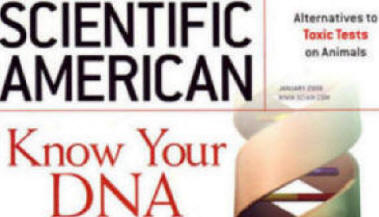|
|
|||
|
|
Subscribe to Wired magazine in Pakistan
|
||
Pakistan's premier website that covers current affairs and news.
MIT Technology Review Subscription in Pakistan
Time magazine home delivery in Pakistan
Facts About the Apollo 11 Moon Landing for Its 50th Anniversary
On July 16, 1969, Apollo 11 astronauts Neil Armstrong, Buzz Aldrin, and Michael Collins launched from Florida’s Kennedy Space Center with the goal of becoming the first people in history to walk on the Moon. Four days later, on July 20, 1969, the manned mission achieved that historic goal when Neil Armstrong took his famous “one small step” onto the lunar surface. But getting there was hardly smooth sailing. To celebrate the 50th anniversary of this groundbreaking event, we’re sharing 50 facts about the Apollo 11 mission and its participants
(List of Magazines in Pakistan Urdu)

The original goal of the Apollo program was to send a crew into the Moon’s orbit, but John F. Kennedy wanted more.
When the Apollo program was announced in 1960, the original plan was to send a small crew into the Moon's orbit, not to its surface. President Kennedy, of course, made his famous speech in 1961, declaring his and the United States's commitment to landing a man on the Moon before the end of the decade
Richard Nixon had a speech prepared in case the Apollo 11 astronauts never came home. As with many historic undertakings, President Nixon had to prepare for the possibility that a tragedy might occur during the Apollo 11 mission. So his speechwriter, William Safire, wrote two different speeches: one to celebrate the mission’s victory, another titled “In the Event of Moon Disaster.” It stated:
"Fate has ordained that the men who went to the Moon to explore in peace will stay on the Moon to rest in peace.
These brave men, Neil Armstrong and Edwin Aldrin, know that there is no hope for their recovery. But they also know that there is hope for mankind in their sacrifice."
Your toaster is more advanced than Apollo 11’s command module computer.
Though the Apollo Guidance Computer (ACG) was cutting-edge technology for its time, when compared to the computer-based items we use every day, they were pretty basic. Computer Weekly reported that these “ingenious computer systems” were no more powerful than a pocket calculator and that the ACG was “more basic than the electronics in modern toasters that have computer controlled stop/start/defrost buttons."
Neil Armstrong wasn’t convinced that they’d be able to land the Lunar Module.
In 2012, in a rare interview, Armstrong admitted that while he was confident he and his fellow crew members would make it back to Earth, he was less convinced that the crew would succeed in landing their lunar module, known as Eagle.
"A month before the launch of Apollo 11, we decided we were confident enough we could try and attempt on a descent to the surface," Armstrong said. “I thought we had a 90 percent chance of getting back safely to Earth on that flight but only a 50-50 chance of making a landing on that first attempt. There are so many unknowns on that descent from lunar orbit down to the surface that had not been demonstrated yet by testing and there was a big chance that there was something in there we didn't understand properly and we had to abort and come back to Earth without landing."
Pieces of the Wright Brothers’ first aircraft were onboard Apollo 11.
In 1969, the Air Force contacted Armstrong to see if he’d be willing to take pieces of the Wright Brothers’ first aircraft to take flight to the Moon with him. As a thank you, Armstrong would be allowed to keep half of the pieces. Armstrong, an avid flier, was enthusiastic.
"It was important to take the genesis of flight with him," Mark Armstrong, Neil’s son, said earlier this year. "First and foremost, he was an engineer and someone who wanted to make aircraft better. That was his boyhood goal, to be an aircraft designer.”
Updated July 9, 2019
At $2M, priciest ever medicine treats fatal genetic disease
Human Mind is defeated... at last!
Dark Net: the dark side of internet
Subscribe to the New Scientist magazine in Pakistan
Share your views at feedback@newsflash.com.pk
Send your contributions at editor@newsflash.com.pk



